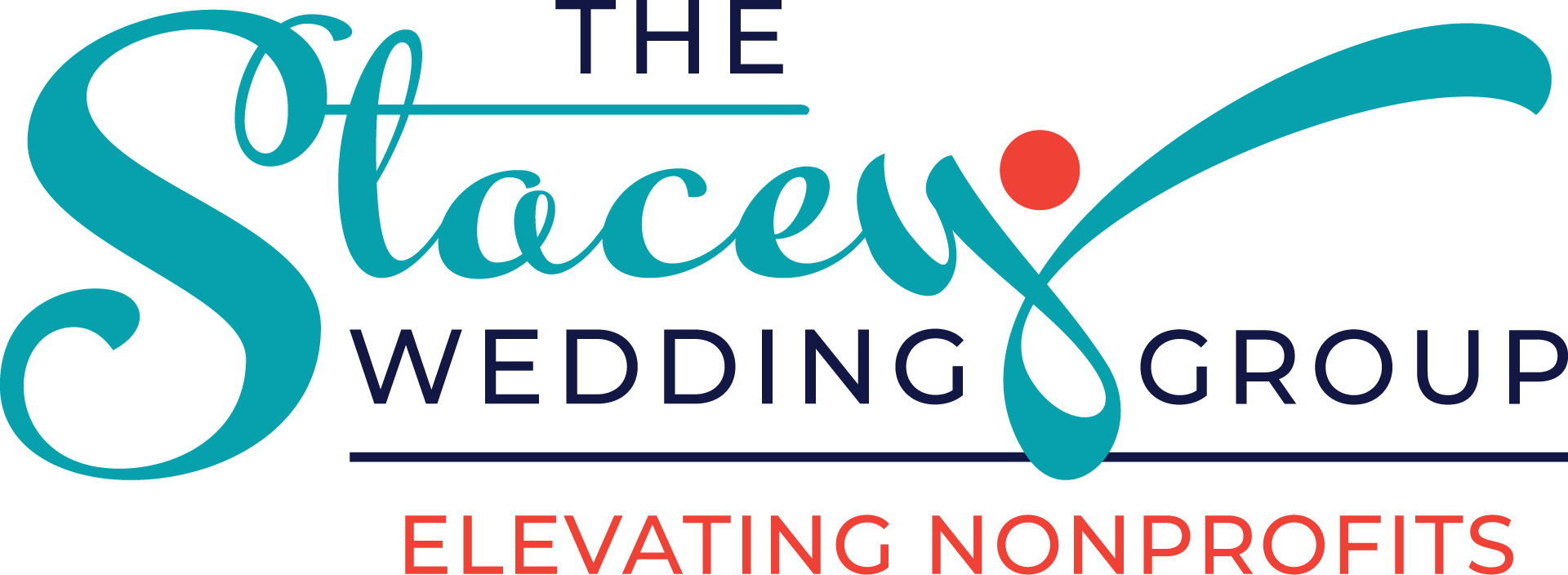Part 1 of a 3-part Series…
When was the last time your board reflected on its own performance? For many of you, this answer may likely be “never” or “not in a while.” You’re not alone.
Nonprofit boards are often the first to hold staff teams accountable for results and impact yet often give themselves a hall pass because they are volunteers with day jobs.
We’re living in an age of information overload, with little free time away from work or families, not to mention navigating a global pandemic. Even with all of those extenuating circumstances, I would argue that boards are more important now than ever before. The organizations that boards serve and the larger communities in which these organizations reside are in dire need of new approaches and solutions to time-worn problems, a healthy amount of risk-taking with a departure from “business as usual,” and intentional practices rooted in equity, diversity, and inclusion.
Considering the important role the board has within a nonprofit, why would any organization be content with a sub-standard board — a board with inadequate performance and fulfillment of its responsibilities — and not be open and willing to improve its members’ individual and collective performance?
Fortunately, there is a way to introduce this conversation, and it starts with a board self-assessment tool that helps your board identify its strengths and areas in need of improvement.
Some key benefits of this tool include:
- Reflecting on board members’ individual and shared responsibilities
- Increasing the level of board teamwork
- Identifying differences in perceptions among board members
- Clarifying mutual board/staff expectations
- Modeling accountability (“walking the talk”)
- Demonstrating credibility with external stakeholders
Can you think of any other benefits of a process like this? If so, drop us a line at [email protected], and we’ll be sure to add your suggestions

